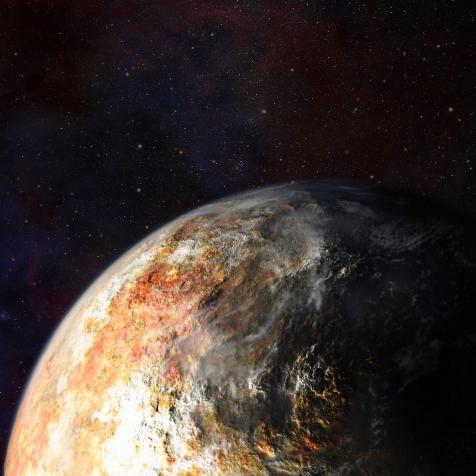
Getty Images
Feathers and Bowling Balls Act Strangely in a Vacuum
You can recreate your own version of this famous experiment.
Sometime in the third century B.C., Aristotle wrote that heavy objects fall toward Earth faster than lighter ones. His explanation for this behavior was profoundly influential, sophisticated for its time, and almost completely wrong. Almost 2,000 years later, Galileo proved that heavy objects and light objects fall to Earth at exactly the same rate. You can perform his experiment yourself.
No, This Doesn't Defy Gravity
At first glance, it's easy to side with Aristotle. If you drop a feather and a bowling ball from the same distance anywhere on Earth, they will fall at different rates. The feather will drift breezily to the ground while the bowling ball plunks downward immediately. But this explanation leaves an important factor out of the equation: air resistance. Since the feather is so light, air pressure acting on it from all directions is strong enough to counteract the force of gravity, which acts on it uniformly regardless of its weight.
Galileo proved Aristotle wrong with a simple stroke of genius — he used two cannonballs (bowling wasn't popular in 16th century Italy, but cannons were) and dropped them both off of the Leaning Tower of Pisa. If Aristotle was right, then the smaller cannonball should fall at a slower rate than the larger one. Instead, they both fell at the same exact speed: 9.8 m/s². Galileo's experiment became one of the most important pieces of the puzzle that Isaac Newton would later use to establish the modern theory of gravity.
You can recreate your own version of Galileo's experiment by tying a feather to a bowling ball and dropping them both at the same time. The feather-bowling ball duo doesn't fall at a slower rate because the feather is lighter than just the bowling ball alone — instead, they both fall at exactly the same rate. Similarly, if you pump all of the air out of a glass chamber to create a vacuum, you can drop both the feather and the bowling ball — no strings attached — and watch them hit the ground at the exact same time.
No Vacuum Chamber, No Problem
This experiment doesn't necessarily require a cumbersome vacuum chamber. Apollo 15 astronaut David Scott famously recreated this experiment on the moon in 1971 using a falcon feather and a hammer. Scott, an MIT-educated aeronautics engineer, knew his physics, so the fact that the feather and hammer hit the surface of the moon at the same time was no surprise. The moon has an atmosphere 10 quadrillion times less dense than the Earth's — so weak, in fact, that statically charged moon dust levitates around 10 centimeters above the surface of the planet. Despite the fact that modern audiences know what the outcome of Scott's experiment is, the live broadcast remains a sight to behold and a historical treasure.
This article first appeared on Curiosity.com.


















